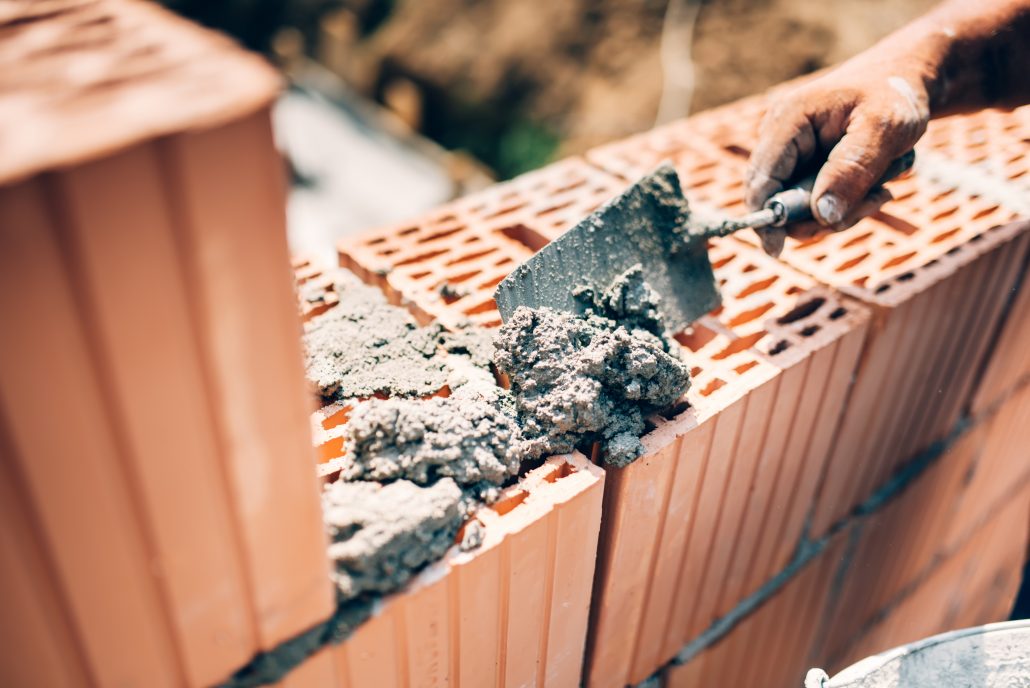When we talk about property valuations, we often think about the valuation of the building or house itself. Often times it’s all about buying or selling the residential apartment or commercial piece of building. However, it is important to not forget about another item which can be purchased as well: land. As such, this article aims to provide you with a basic overview and simple method to derive the value of the land.
The residual valuation method – this is the approach taken to conveniently assess the value of a development site or land that has the potential to be developed or redeveloped. This is often used by property developers when they plan to buy or lodge a bid for a site.
If you ask most property developers on how they plan and build their budget or identify projected expenditure and costs, they will often tell you that they usually start with the residual method of valuation to identify the current market price, as well as what they can afford to pay for a development site, land or building that is to be developed or redeveloped.
With this in mind, if you plan to buy a piece of land for investment or development, this article is for you. If you are considering developing a property project and want to forecast the potential costs to manage, and thus minimise your financial risks, you should look to build a valuation plan and manage your project thoroughly from start to finish – and the first part is estimating the value of land.
Residual Method of Valuation for Land & Property
The residual method of valuation uses a very simple concept and calculation that helps property developers determine a realistic value for the land or property purchase. Usually after doing so, the property developer will use it as base cost to determine other expenditure components, and the maximum that they can afford to spend on other fees such as site preparation, land remediation, build-costs, professional fees and other fees so as to achieve a profitable project outcome.
The numbers that go behind the equation may be seem complicated at first, but once these factors have been determined, the residual valuation method is a fairly straightforward calculation to perform, and yet highly useful.
Without further ado, the equation for the residual valuation method in its simplest form is as follows:
Land = GDV – (Construction + Fees + Profit)
where
- Land = Purchase price of land/site acquisition
- GDV = Gross Development value
- Construction = Building and construction costs
- Fees = Fees and transaction costs
- Profit = Developers profit required
As seen above, the amount available for land/site purchase is one of the biggest components of the residual valuation equation as it can identify exactly how much you should be paying for its acquisition. Nevertheless, it is imperative to remember that the figure derived from your valuation would highly unlikely match the same value as the seller’s asking price.
As such, either be equipped with strong negotiation skills or in the worst case scenario, prepare a contingency plan to top-up the amount for a final bid so as to secure the property amidst a potentially competitive market.
Elaboration for the components of the formula
A further explanation for the aforesaid components to the residual method of valuation calculation are described in detail below:
- Gross development value (GDV)
Gross Development Value (commonly known as GDV as well) is an integral part of the residual method of valuation equation and is something that property developers always attempt to determine right from the get-go. The GDV depicts the final capital value of a projected completed development on the land upon its sale at a specific sale time.
The calculation of the GDV also requires some form of valuation for the completed property on the land. The income or direct comparison methods of valuation are usually utilized to value the aforesaid property on a collective basis (assuming it is a mixed use building, all components are added up as one single value) to form the GDV.
- Construction costs + fees
As the name suggests, construction costs and fees are self-explanatory, with these elements being inclusive with any costs related to the site preparation and construction of the property.
At the same time, the fees element also covers things such as payments to the real estate professionals who are involved in the process – solicitors, planning consultants, architects, engineers, property agents for example. You can find the construction costs handbook which are constantly updated via websites such as Arcadis or BCA (Building Construction Authority).
- Property developer’s profit
Finally, the developer’s profit. This component actually has to be considered and determined at an early stage, as a property developer is required to know and establish the required rate of return on their investment. As such, the profit is expected to be the amount of reward a developer wishes to enjoy for their development project.
Financing is important too
We hope that we have given you a concise yet clear explanation of using the residual valuation method. Just to recap, this method is mainly used should you plan to purchase land. Also, the beauty in using this method is the fact that it applies to any piece of land anywhere around the world – with varying fees of course.
Nevertheless, it is important to not forget an essential risk management strategy; financing. This is an especially important element which has to be taken into consideration and carefully thought out, for it may be the key to ensuring that your bid for a specific land can be carried out, or even determine the maximum price you can bid for to successfully acquire it in a competitive market environment. As such, always explore the various financing options available to make your purchase a worthwhile investment.
This is the final part of our 3-part series on property valuation. To find out more, read our articles on the direct comparison method and income method!
Want to find the best mortgage rate in town? Check out our free comparison service to learn more!
Read more of our posts below!



